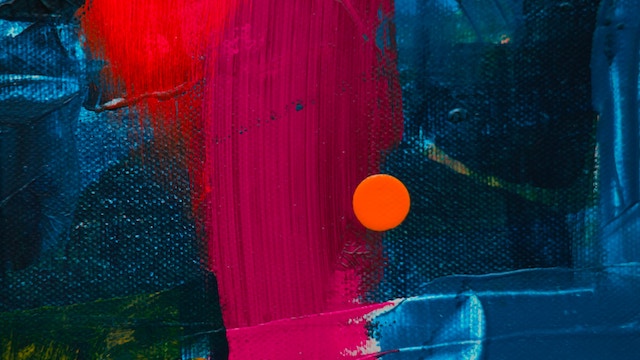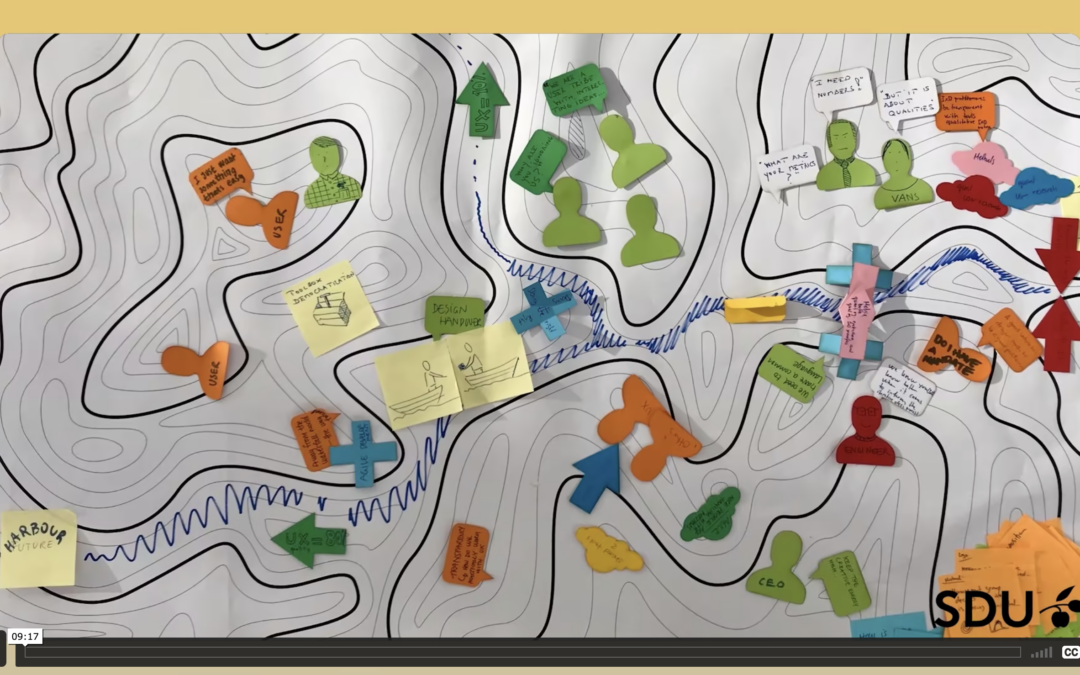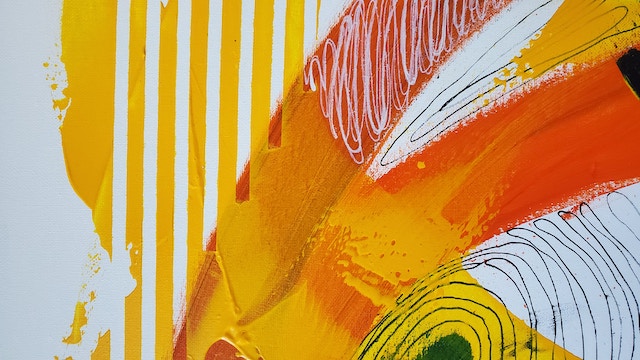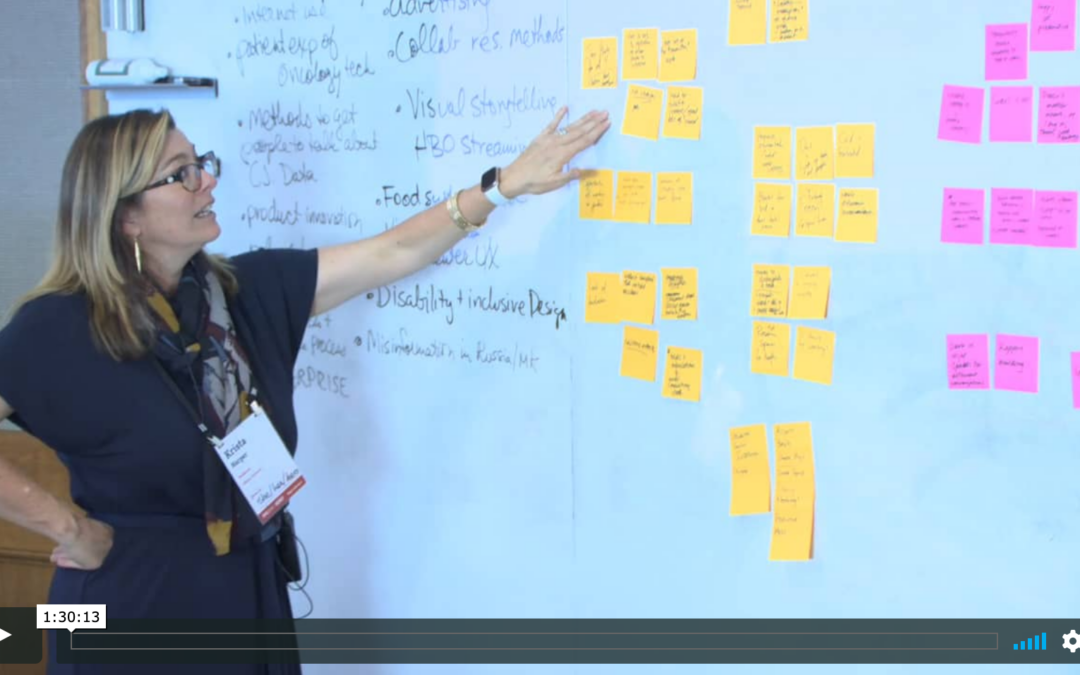This paper argues that first-person data—video, audio, and other data that is recorded from the research...


This paper argues that first-person data—video, audio, and other data that is recorded from the research...

This article shares an innovative, community-centered method for research, sensemaking, and innovation in social...

We have all heard the drumbeat that “AI” systems like LLMs will have enormous implications for researchers and...

What's our worth? What are the rhetorics of value? This question is never far from the minds of individual practitioners and this diverse community. Value takes many forms and is denominated in many currencies. The worth of these currencies changes in time and space as business environments...

This is a piece about certain types of objects. Those objects are models. I want to suggest that models are objects that are central to the various practices in which EPIC People are engaged for three reasons. Firstly, they help manage situations of uncertainty. Second, they are tools for...

With a strategic analysis of the push to “democratize” research—to open the research practice to...

This paper presents a design anthropological study with User Experience design departments from five large companies in Denmark, ranging from manufacturers of medical equipment through toys to control systems for industrial infrastructures. We explore the challenges they face as products,...

How can we move from observation to co-creation? Or, from observer to co-conspirator and change agent? This post shares part of a project design that took that journey. It was Friday in Tokyo. We had been there just six days and this was the second country in thirteen. It was Friday, almost 1:00pm...

Overview Participatory visual research methods like Photovoice open up opportunities for collaborative sense-making and advocacy. In these methodologies, data and knowledge are produced not only as an end...

Camila sat down on her faded pink sofa, unwrapped the bandage around her calf, and showed me a violet wound, some of the skin crusty and some of it wet. Her daughter Cecilia sat on the edge of a chair in the corner, filling gaps in the story – “remember we tried a gel that inflamed your skin,”...